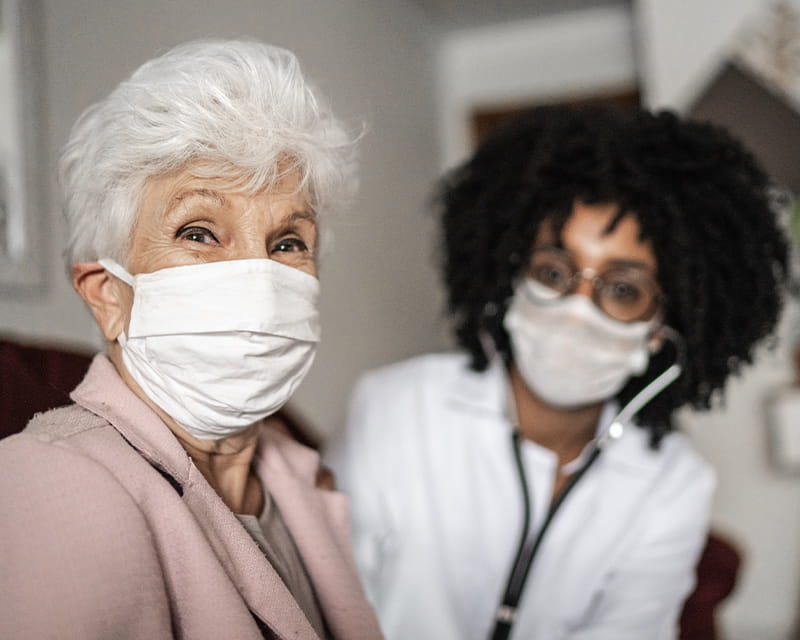
Ohio State offers comprehensive, research-driven care developed specifically for older adults with cancer
 It’s been five years since The Ohio State University Wexner Medical Center launched its fall prevention clinic, and the program — one of the few of its kind in the nation — continues to thrive.
It’s been five years since The Ohio State University Wexner Medical Center launched its fall prevention clinic, and the program — one of the few of its kind in the nation — continues to thrive.
Team members have helped hundreds of older adults, as well as younger patients with neurological conditions, identify and mitigate the unique risk factors that may increase their likelihood of falling. Their efforts are helping keep patients out of the emergency department (ED) or hospital, while ensuring that a fear of falling isn’t keeping them at home.
According to the Centers for Disease Control and Prevention, more than one out of four older adults falls each year — leading to an annual 3 million ED visits and more than 800,000 hospitalizations for head injuries, hip fractures and other broken bones.
“During my public health training, I learned that the only age group that had rising rates of traumatic brain injury was older adults, and that was due to falls,” says Joseph Rosenthal, MD, MPH, a physical medicine and rehabilitation specialist who created the fall prevention clinic. “That’s when I realized we could be doing more to prevent falls from happening in the first place.”
In addition to suffering physical injuries, patients who have fallen once often develop a fear of falling. Many are afraid to leave their homes and become socially isolated and depressed.
Dr. Rosenthal and his colleagues, including Ohio State physical therapist Daren Lynch, PT, see patients at twice-monthly, half-day clinics. During 90-minute assessments, they review patients’ health histories and medication usage, and discuss their home environments and history of falls. Team members also perform physical exams to assess strength, gait and balance.
“Most patients have multiple risk factors,” Dr. Rosenthal, who is an assistant professor – clinical at the College of Medicine says. “These range from medication side effects and vision problems to chronic pain and dizziness.”
Depending on their individual risks, patients are then referred to Ohio State specialists for additional screenings or therapies. Providers may include physical or occupational therapists, audiologists, ophthalmologists, cardiologists, neurologists or osteoporosis specialists.
Research suggests that half of the millions of people 65 and older who fall every year never tell their doctors. Instead, they assume falling comes with aging.
“As physicians, we need to educate our patients that falls are not a natural part of the aging process,” Dr. Rosenthal says. “Many falls, even the ones that cause the most serious injuries, could have been prevented with proper intervention. When we take the time to thoroughly screen for the most common risk factors that contribute to falls, we can help make sure our older patients remain safe, active and independent.”